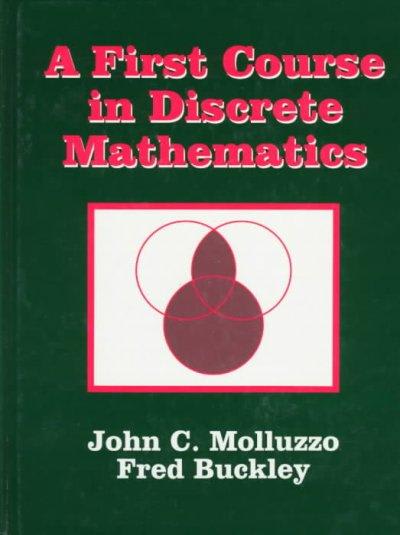Question
Partec Ltd. has an opportunity to bid on a government sponsored research project. Several other university research units have also been invited to bid. The
Partec Ltd. has an opportunity to bid on a government sponsored research project. Several other university research units have also been invited to bid. The bids must be sealed (so that no bidder knows what the other is bidding) and the low bid will win the contract. Partec estimates that it will cost $5,000 to prepare the bid and $95,000 to actually do the work if the firm is successful. Members of the university research community know each other quite well, and Partec has a good idea of the type of bids that will be received if there is any competition. Significantly, Partec believes that there is a 30% chance that no competing bids will be received. Having bid on many similar projects in the past, Partec estimates that the minimum bid among its competitors (if there is competition) can be described by a normal distribution with a mean of $119,000 and a standard deviation of $5000.
Although any bid amount over $100,000 might be considered, Partec has been under increasing pressure to generate profits and a decision has been made to limit its possible bid amounts to $115,000, $120,000 and $125,000. (For simplicity, assume that in the unlikely case of a tie bid, Partec will win). Prepare a decision matrix or decision tree model for this problem and suggest a course of action for Partec that will maximize the expected profit.
Step by Step Solution
There are 3 Steps involved in it
Step: 1

Get Instant Access to Expert-Tailored Solutions
See step-by-step solutions with expert insights and AI powered tools for academic success
Step: 2

Step: 3

Ace Your Homework with AI
Get the answers you need in no time with our AI-driven, step-by-step assistance
Get Started


